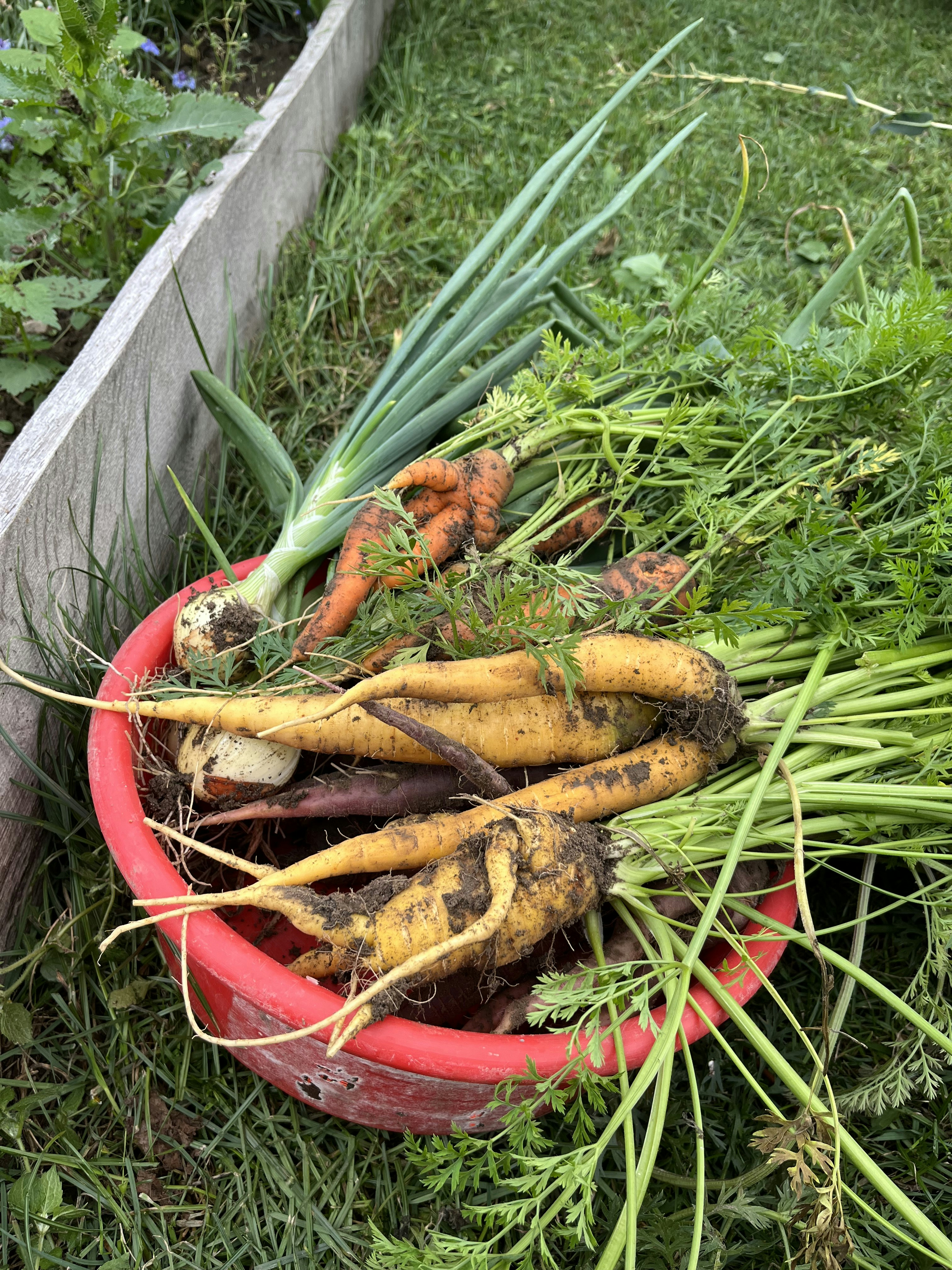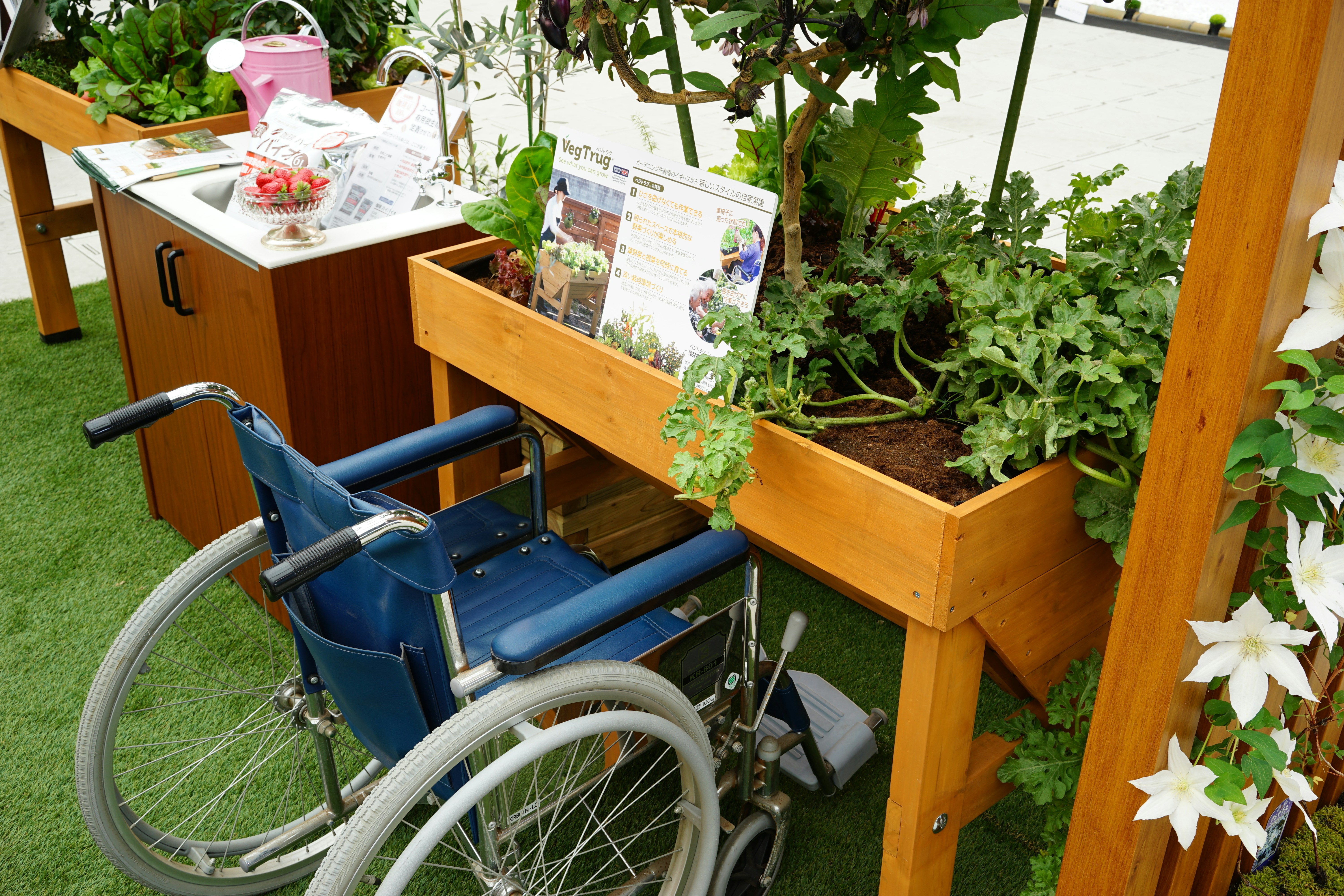Understanding Your Frustration
Gardening is often seen as a blend of art and science, where the joy of nurturing plants is accompanied by the challenges of ensuring optimal growth. For many gardeners, the disappointment that arises when carrots, beets, and radishes fail to thrive can be particularly disheartening. These root vegetables, known for their nutritional value and versatility in the kitchen, require dedicated effort and care throughout their growth cycles. When faced with underwhelming harvests, it is natural to feel a sense of frustration.
Throughout the growing season, gardeners invest time and energy into preparing the soil, selecting high-quality seeds, and providing adequate water and nutrients. Each phase of growth presents its own set of challenges, and when these vegetables do not flourish as anticipated, it can leave one questioning their techniques and gardening knowledge. The eagerness to cultivate a successful garden is often accompanied by the hope of seeing vibrant foliage and healthy root systems, creating an emotional investment in the process.
It is crucial to acknowledge that while the journey of growing root vegetables like carrots, beets, and radishes can be filled with obstacles, many of these issues are often correctable. Understanding the specific needs of these crops and the environmental factors that influence their growth can empower gardeners to identify and address potential problems. Soil quality, temperature, moisture levels, and pest management are just a few elements that can significantly impact root vegetable development. By gaining insights into these factors, one can move toward creating a thriving garden where carrots, beets, and radishes reach their full potential, ultimately mitigating any frustration experienced in the past.
Common Causes of Poor Root Growth
Root vegetables such as carrots, beets, and radishes are often susceptible to various growth challenges that can impede their development. Understanding the common causes of poor root growth is essential for gardeners striving to cultivate a healthy crop. One significant issue is soil compaction. When soil particles are tightly packed, it limits the airflow and water retention necessary for root systems to flourish. This compacted environment can hinder roots from penetrating the soil deeply, leading to stunted growth and smaller, underdeveloped vegetables.
Another critical factor is excessive nitrogen in the soil. While nitrogen is a vital nutrient for plant growth, an overabundance can promote lush top growth at the expense of root development. This unbalanced nutrient distribution often results in weak root systems that fail to support the plant adequately, affecting the overall yield and quality of the harvest.
Inconsistent watering is also a common root growth obstacle. Vegetables thrive in conditions that provide adequate moisture levels without flooding. Fluctuations in moisture can lead to stress, causing the roots to become shallow or to rot. Establishing a consistent watering routine is crucial for maintaining optimal moisture levels and promoting healthy root expansion.
Crowded spacing among plants can further exacerbate root growth issues. When root vegetables are planted too closely together, they compete for essential resources such as nutrients and space. This competition can result in restricted root systems, causing vegetables to grow smaller than anticipated. It is important to follow recommended spacing guidelines for each type of root vegetable to ensure that they have sufficient room to thrive.
Visual Diagnosis Guide: Identifying Stunted Roots
Identifying issues that lead to stunted growth in vegetables such as carrots, beets, and radishes is critical for a successful harvest. Stunted roots often manifest as abnormal shapes, poor sizing, or even discoloration, which can all be indicative of underlying problems in your garden. For carrots, stunting can manifest as roots that are forked or misshapen, rather than developing into the smooth, elongated structures that gardeners expect. In healthy conditions, a carrot root will typically grow straight and tapered, while any irregularity signals potential issues with soil quality or watering practices.
Beets also display clear signs of root abnormalities. When beets are properly nourished, they exhibit a firm and rounded shape. In contrast, stunting could result in small, underdeveloped globes or roots that have a spongy texture. Additionally, the foliage above ground provides insight into the plant’s overall health. If the leaves are yellowing or wilting but the soil appears adequately hydrated, this may indicate nutrient deficiencies that are stunting root development.
Radishes are a bit more forgiving, but they too can show signs of poor growth. A healthy radish root is typically round or cylindrical and firm to the touch. If the roots are significantly smaller than expected or have developed cracks and scars, this could suggest irregular watering patterns or pest invasions. Furthermore, when assessing radishes, observe the greenery; dull or falling leaves may indicate that the roots are not getting the essential nutrients they need to thrive.
By carefully observing the growth patterns and conditions of the roots of these vegetables, as well as taking note of above-ground symptoms, gardeners can more effectively diagnose the reasons for stunted growth. Understanding these visual cues creates an opportunity to rectify the issues at hand and ensure healthy development of carrots, beets, and radishes.
Soil Tips and Fixes for Next Season
Having the right soil is critical for the successful growth of root vegetables such as carrots, beets, and radishes. These vegetables thrive in loamy, well-drained, and sandy soils that allow for the aeration and drainage essential for healthy root development. If your vegetable garden struggles with poorly draining or heavily compacted soil, it may be time to consider amendments that can enhance soil structure and fertility. Adding organic matter like compost, aged manure, or peat moss can significantly improve the texture of your soil while supplying necessary nutrients. Incorporating these materials helps create a balanced environment that promotes root growth and improves overall yield.
Common fertilizer mistakes can also hinder the growth of root vegetables. For instance, over-fertilizing can lead to lush foliage but stunted root development, while insufficient nutrients can result in sparse and unhealthy crops. It is essential to conduct a soil test before applying fertilizers to understand the nutrient needs of your soil accurately. This step can prevent excess application and lead to a more effective fertilization strategy that meets the specific requirements of your root vegetables.
Improving soil quality for the next planting season involves practical steps such as ensuring adequate spacing between plants. Overcrowding can lead to competition for nutrients and water, stunting growth. Aim for proper spacing as recommended for each root vegetable type to allow them to grow unencumbered. Additionally, maintaining consistent watering is vital. Irregular watering can stress plants, leading to poor root development. To ensure optimal results, establish a regular watering schedule that promotes even moisture without waterlogging the soil. By taking these actions, you can create a thriving environment for your carrots, beets, and radishes, leading to a fruitful harvest in the upcoming growing season.



